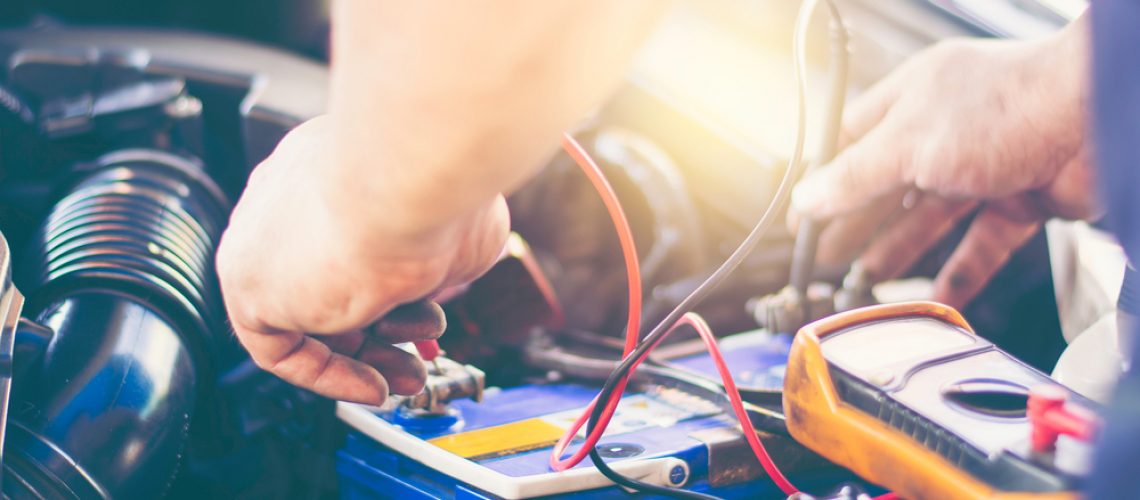Car batteries might seem interchangeable, but they actually vary widely in quality and performance. Selecting an appropriate battery for your car from a trustworthy brand can prevent unexpected breakdowns and keep your vehicle running smoothly. If you’re wondering how to choose a car battery, here’s what you need to know.
Consult the Owner’s Manual
You’ll need a battery with the right terminal locations and dimensions for your vehicle. Check your car’s manual for this information before you head to the store, or even bring it with you for reference. Car batteries are classified with “group sizes” that usually remain the same for all the vehicles from a specific manufacturer or region. For example, Japanese auto brands typically use Size 35 batteries, while General Motors cars tend to use Size 75 batteries.
Determine Battery Type
Some vehicles use a regular battery while others use an absorbed glass mat battery. The so-called AGM battery is designed for vehicles with fuel-saving features like engine stop-start systems and entertainment features like USB charging outlets. Although the AGM is more expensive than a typical battery, cutting costs by making the switch can compromise your car’s performance. On the other hand, if your car manual mandates a standard battery, you won’t necessarily benefit from upgrading to an AGM.
Check the Age
If a battery has been sitting around on the shelf, it begins degrading before it’s even installed in your vehicle, which may have you requesting an alternator test much sooner than you expected. Look for a shipping code on the battery case, which indicates a numeric date noting when the battery was shipped. Some codes use the letters A to L to represent months (starting with A for January) followed by a single digit representing the year the battery was made (9 for 2019, for example). Try to purchase a battery that’s less than three months old.
Stick to Name Brands
Some auto manufacturers recommend a specific brand of battery in the car’s owner’s manual. If that’s the case for your car, try to adhere to their advice to optimize vehicle performance. Otherwise, pick a battery that closely meets those specifications. Avoid going with the cheapest battery you can find. If you haven’t heard of the brand and the price is bargain-basement, the battery is likely lacking in quality.
Look at Cold Cranking Amps
The CCA rating measures how long it takes a battery to start up in cold weather. The lower the rating, the better the performance. This metric is especially important for drivers who live in cold climates.
Buy a Warranty-Backed Battery
Most battery brands offer a free replacement period, during which your battery will be replaced if it fails at no cost to you. During a prorated period, you will receive reimbursement depending on how long you’ve had the battery. The warranty for the battery is indicated by number of months free/number of months prorated (30 months/60 months for example). For best results, choose a battery with the longest possible warranty.
With proper care and maintenance, you can expect a high-quality car battery to last three to five years, with a longer lifespan in cooler climates. Seek free delivery on auto parts to save even more money on vehicle upkeep.
Image credit: Car Battery via CC7/Shutterstock

